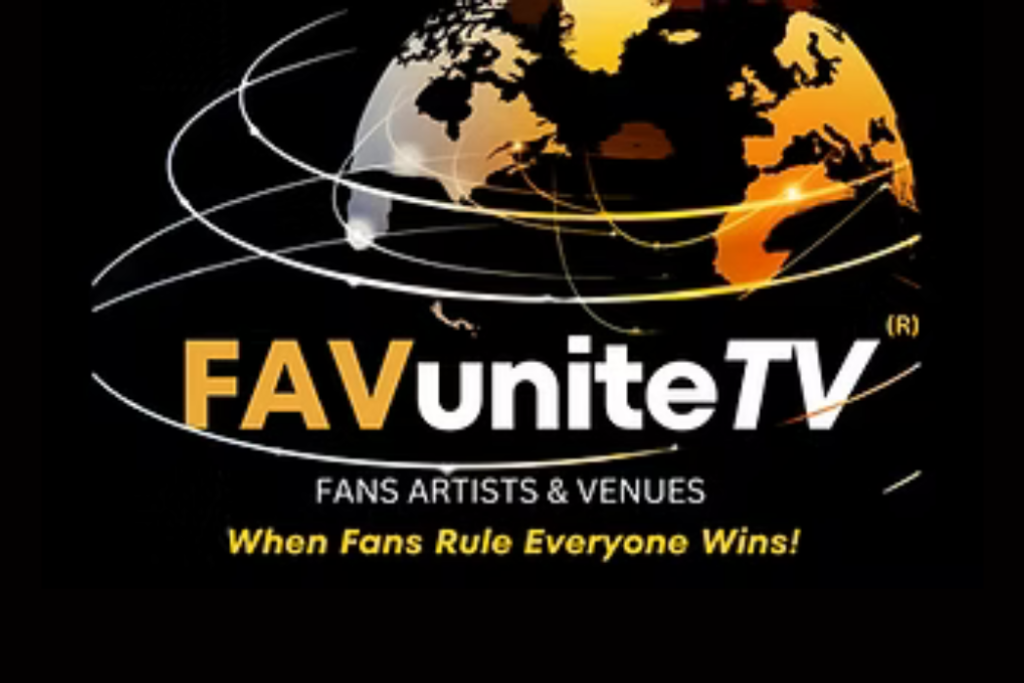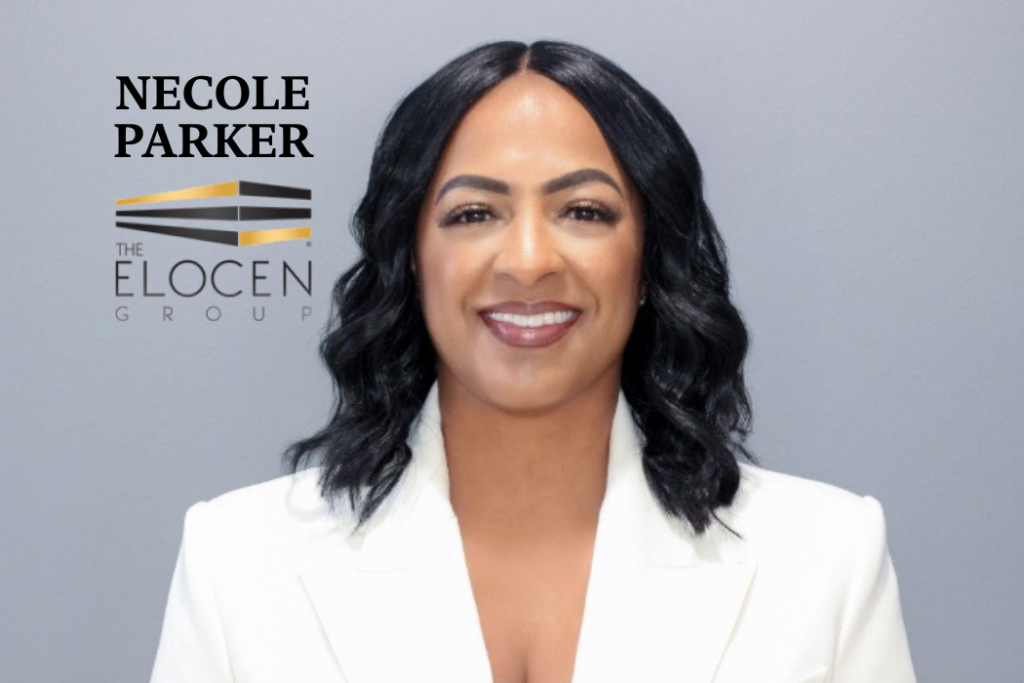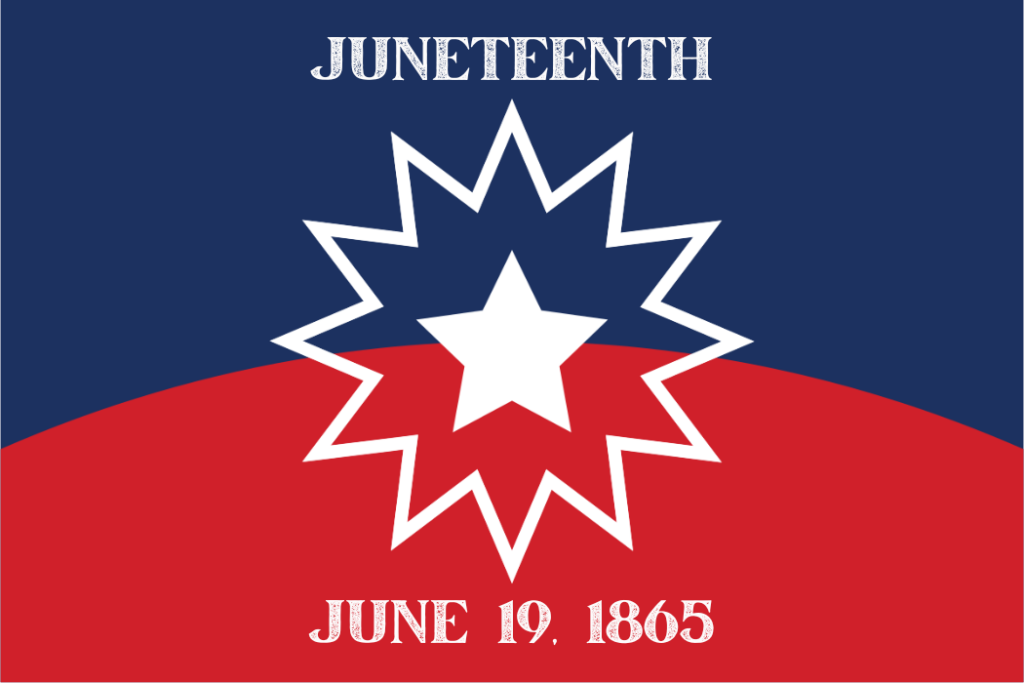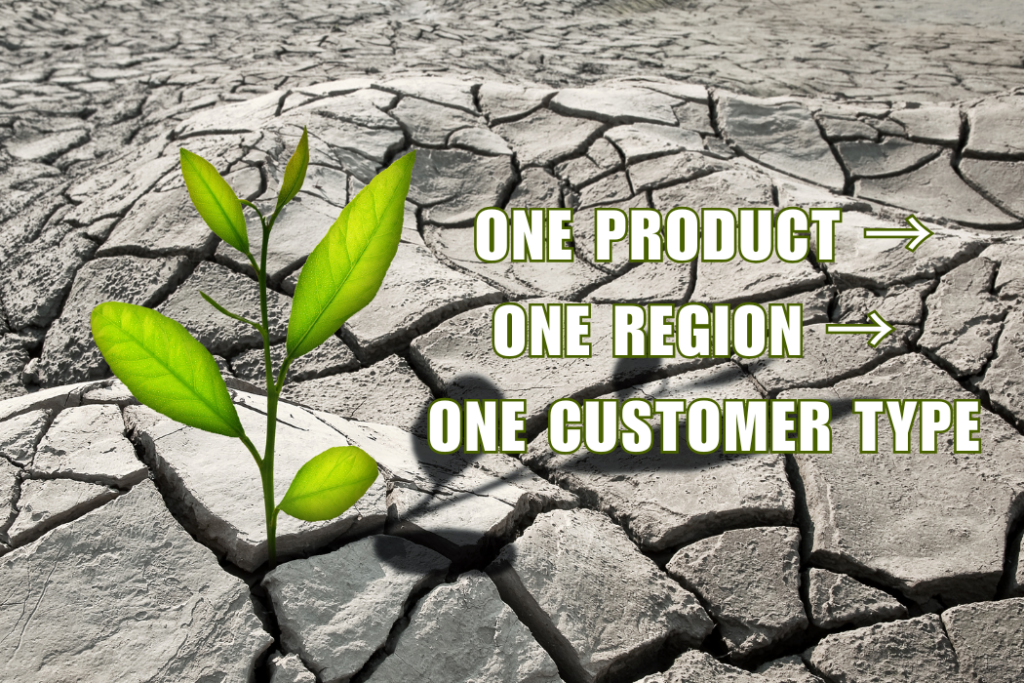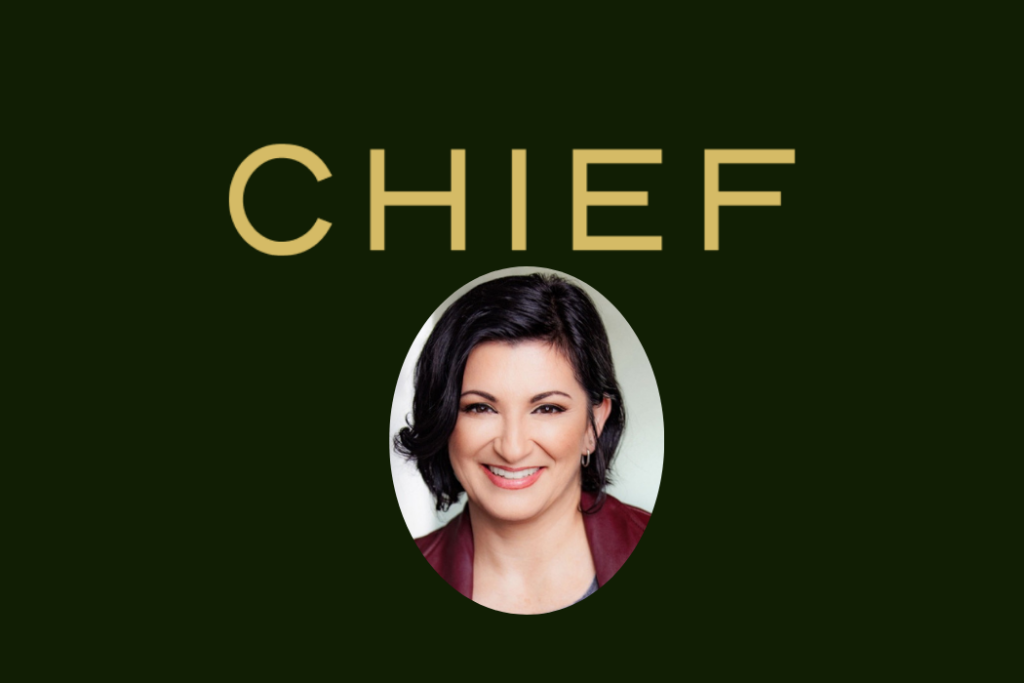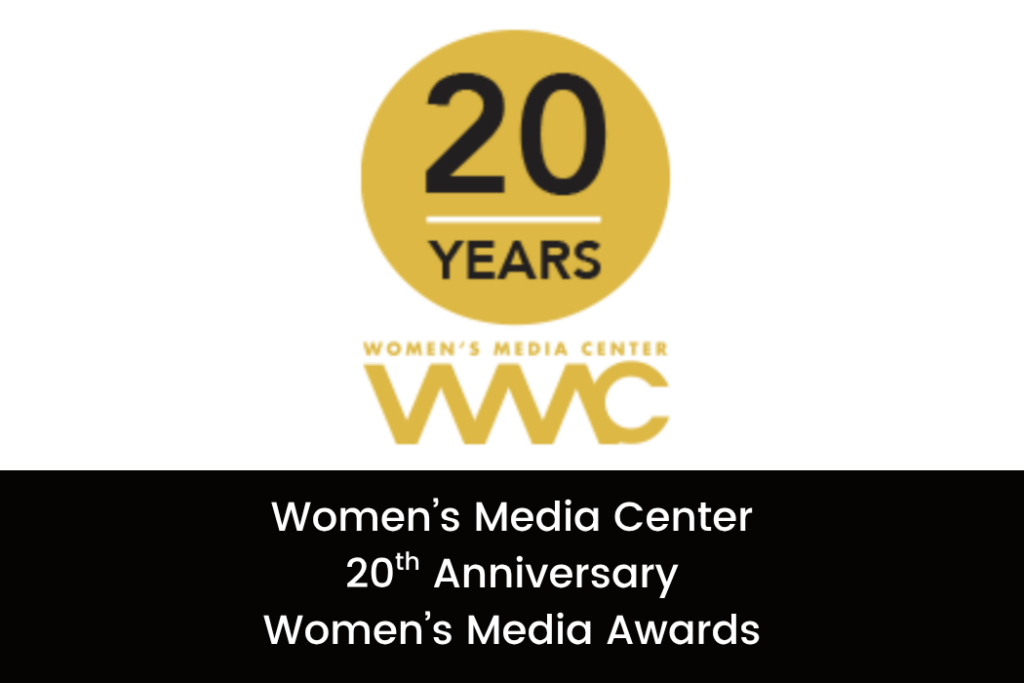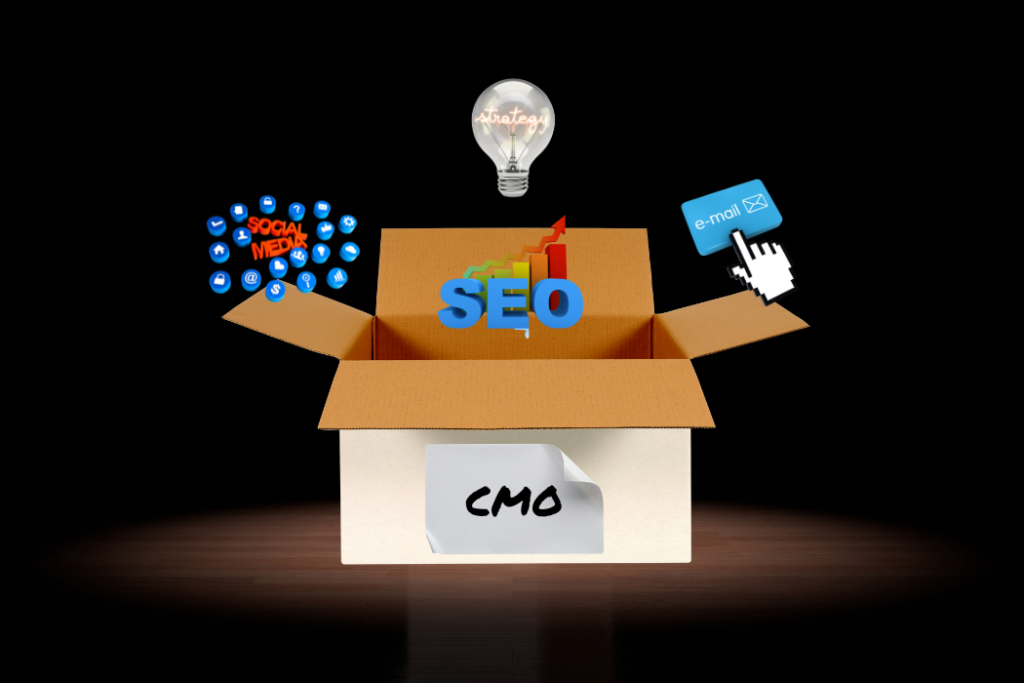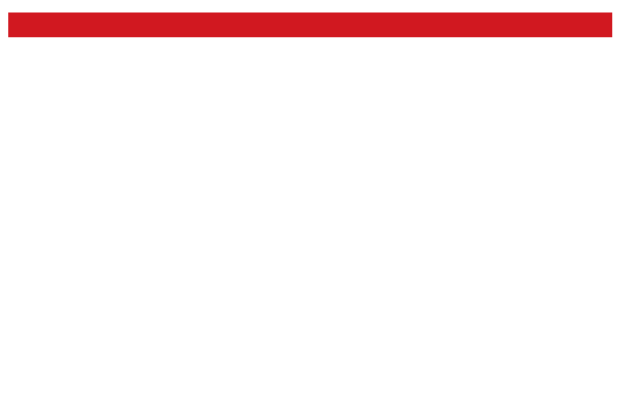
The Most Powerful Defense—your positioning, is one of the neatest, craziest, most underutilized, often misused assets in a brand—and in an organization.
Whether you are familiar with positioning or not, this is a great discussion on how a position TECHNICALLY works for a brand, which is something most marketing experiences—including educational institutions—skip over. Most people focus on the artistic value of positioning and confuse it with a tagline or “cool copy.” The cool thing about positioning, is not how “creative” it sounds. It’s that when it’s RIGHT, it works.
Good positioning can put you on the right short list for an RFP, generate meetings after a trade show, and attract resumes when you are recruiting.
Well done positioning protects you from getting on the WRONG short lists, protects your time by narrowing down from 100 business cards to the few that are right for you, and encourages the wrong people to NOT apply, while drawing in the right ones and eliminating the need for counter offering.
Other things that a positioning protects:
- Marketshare
- Relationships
- Culture
- Wanted Turn Over—those that do not belong in your organization recognize positioning as a signal to move on (at no cost to you)
- Unwanted Turn Over—those that belong in your organization recognize positioning as a signal that this is the right place for them
- Your Promise
Wait what? Your position PROTECTS your promise? Yes. In the most tangible, ruthless ways.
Did you ever drive up to a housing development, a big enterprise, or a campus that has a gate? Did you ever stop and think about the gate? It keeps things out. The guard will not let someone through unless they are “qualified to be inside the gate.”
It’s likely if something has a gate, it’s a signal that there is something worth protecting—a need to keep the unwanted out. A deterrent.
Positioning does the same thing. It acts as the guard and the gate, deflecting, or inviting the right visitors in for your brand. In doing so, counter-qualified prospects, employees, vendors, and partners move right past the front door of your brand.
It’s the difference between having attended a tradeshow (virtual or in real life) and having 100 leads you can’t put aside enough time to sort through, versus four really solid, highly qualified, you already know it’s “a good use of your time” kind of thing. Positioning helps us pre-qualify, protect, establish, and redirect.
How Positioning Works for a Business
A lot of times people mistake what a positioning is.
They call it the differentiator. It is.
They call it the category anchor. It is.
They describe it as “who we are.” It kind of is, not totally.
They call it the “what we do”—it is not—that’s your promise.
Positioning is a triangulation between what your audience needs, what type of a solution you present and the promise that you make, as opposed to what your competitors provide. Here’s a real-world story of positioning and how it was determined.
A certified disability-owned business entrepreneur, Jeremy Siegers, believed he was offering something special to his clients. But what truly made him the right choice, was being overlooked and undersold to his clients and prospects. The signage industry struggles with commodity selling. Jeremy knew there was value in what he did but as he went to share it, propose it, pitch it, he was feeling like the POINT of hiring him was not coming across as he wished. This made it difficult for him to sell on value vs. commodity and was interfering with his ability to promise value.
Jeremy assumed he was in the signage business which is arguably correct. He is known for ‘producing great signage’. Just like well-known franchises like “FastSigns” or “SpeedPro” or at times, FedEx/Kinkos all the way to privately owned. These all sit in the category ‘of signage’.
To add to Jeremy’s concern, many people advised him to market, based on his certified disability-owned status.
Where was that going to get him? For Jeremy, being disabled was what motivated and inspired him in ways that were unique to him and his business, which he was grateful for, but his certification wasn’t what he was selling. Certification is never our position.
So how does a diverse certified-owned business, including those large-scale franchises compete?
By digging into what was MOST valuable about Jeremy to HIS specific clients was his unyielding technical ability to understand how to put their brands in the best light possible on any surface required. This isn’t something you can just adopt for your own brand. This was an earned position over years that came from Jeremy’s decades of real-world installation, understanding surface realities, along with temporal and seasonal impact of indoor and outdoor environments.
Let’s start with understanding what makes up a position. You have two components:
Where you sit in the category, and what category you define yourself in. Sometimes, it’s easier to start with what you are not.
Where Sharp Mill Graphics did NOT sit in the category.
- Not the cheapest. Not the most expensive. Sharp Mill’s positioning was not based on pricing. (Selling on price kills your business by the way).
- Sharp Mill Graphics was not looking to promise “fast”—speed was a positive option, not a constant solution
- Sharp Mill Graphics was not committed to a specific surface or material—they are substrate agnostic.
What category was Sharp Mill Graphics NOT in?
- Not Signage- as a category sounded like “Is that ALL we are”? was limiting
- Sharp Mill wasn’t in the “logo” or graphic design category
- Sharp Mill wasn’t in the “advertising” or “space design” category
- But they weren’t NOT in those categories either
Jeremy was being defined as in the “signage” business based on everyday business fundamentals we all have to engage in.
- NAICS Codes
- Pitches
- Case studies naturally tell stories of installing signage.
After strategically exploring what Jeremy’s client’s unmet needs were in a Jayne brand strategy session, it became clear that Sharp Mill Graphics was a proven authority on ensuring—not just delivering—how a brand presents itself on ANY SURFACE. Whether it was on the side of a forklift, the side of a building, an 18-wheeler, a pen, or something never done before, Jeremy Siegers and his team’s expertise runs deep as it relates to how to plan for, install, and deliver multi-surface branding solutions to exceed brand goals.
Sharp Mill Graphics’ category: Jeremy had himself a category of one, something difficult to create and very valuable in protecting his brand, clients, culture, and revenue. It means he distinguished himself BEYOND the category of signage. If you need what Jeremy offers, he likely has very few competitors.
Sharp Mill Graphics is positioned as having deep expertise—who you turn to when you need more than just branding graphics—across any and all surfaces.
Signs of a Good Positioning
This doesn’t sound good at first. Until you realize, it’s good business.
A good positioning results in a lot less, in the name of a lot more.
- A lot less leads—more qualified ones that convert for the right reasons
- A lot less turnover—you’ll hire much slower, but who you hire will be more meaningful
- Less RFPs—because the ones that will drain your time and resources, which you’d NEVER be awarded in the first place, are easier for you to say no to
- Less clients that hire your company for the wrong reasons—more clients that bring you healthy revenue and joy in your day, result in case studies you want to celebrate, and match with requirements that your employees identify with.
We touched on a lot here. And as a certified business owner or an enterprise it can feel like you are walking out on a cliff to think that your brand helps reduce busy work, stops unnecessary pain within your workforce, or helps others see you clearly. It is the mistake that we make thinking “it has to be harder than that”.
Yet we find that most often, entrepreneurs drain themselves specifically on the misuse of positioning because they don’t realize it is the path to yielding so much MORE. The clarity that comes with a powerful positioning that is right for your business, initiative or assignment is what helps entrepreneurs achieve dependable, repeatable, scaleable results.
In the name of practicing what we preach, Jayne and MBE magazine are providing a series of questions to help provoke “Clarity Considerations.” We will be using this data to bring richer insights specific to the MBE universe into our grand finale article in December. We invite you to take the survey now.
Use the QR Code below or go to: https://www.surveymonkey.com/r/Clarity2022.
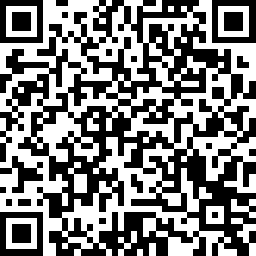
Come join us and MBE magazine in our second webinar titled “Positioning, A Brands Most Powerful Defense”, hosted by the brand strategy consultants of Jayne and the media experts at MBE magazine. In this webinar we’ll actively workshop questions around audience positionings. The webinar will take place on June 16, 2022 at 10:00 a.m. CST.
If you’d like to participate in a brand strategy session with Jayne Agency please feel free to reach out to us at Clarity@JayneAgency.com and we’d be happy to help you start exploring how to get clarity for 2022.

